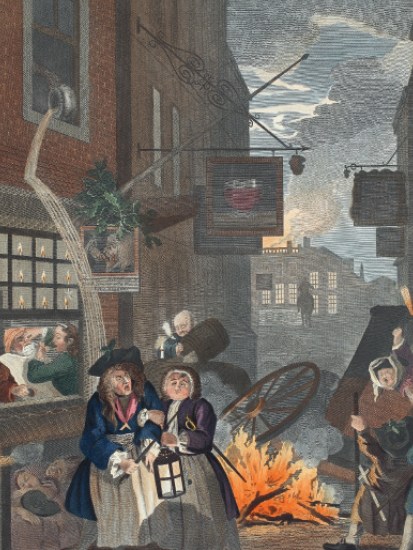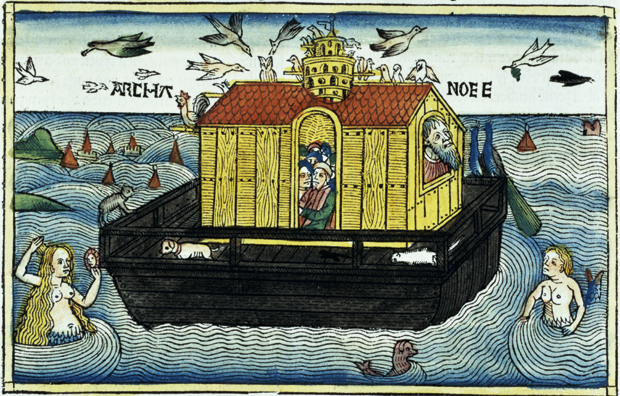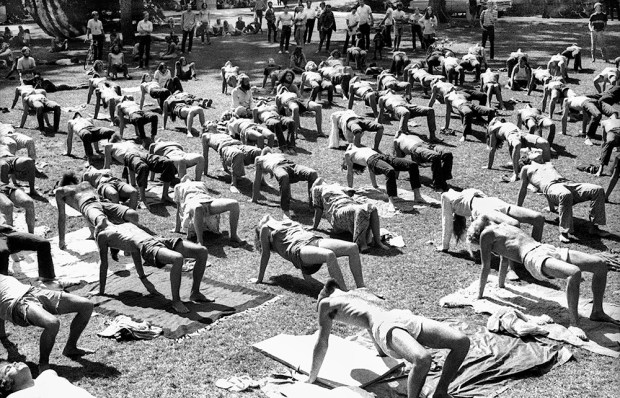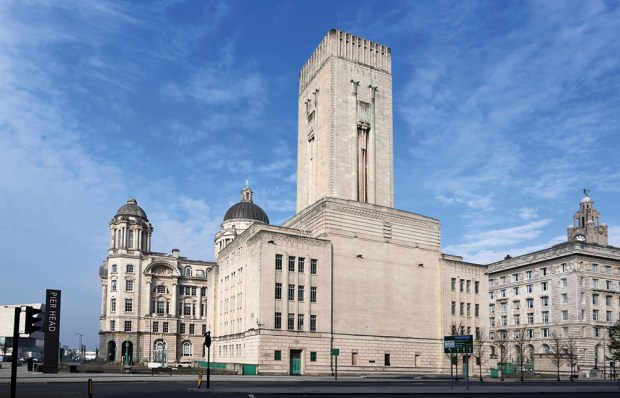In England, walking about at night was a crime for a very long time. William the Conqueror ordained that a bell should be rung at 8 p.m., at which point Londoners were supposed to put their fires and candles out and their heads down. Again and again, until modern times, Matthew Beaumont tells us, specifically nocturnal laws were promulgated against draw-latchets, roberdsmen, barraters, roysterers, roarers, harlots and other nefarious nightwalkers — including those ‘eavesdroppers’ who stood listening in the close darkness where the rain dripped from a house’s eaves.
Beaumont reads such laws as being designed to exert political and social control. To walk the city streets at night, by contrast, is to make ‘a libertine assault on what might be called the ideology of good hours’, to pose ‘an intrinsic challenge to the diurnal regime on which, from the end of the Middle Ages, Protestant ideology and the political economy of capitalism partly depended’. Nightwalking is sticking it to the Man.
It’s hard to see how strolling by night challenges capitalism, unless you are actually stealing property, but Beaumont does show how night-walking writers shaped how we imagine the urban night — or, rather, how they ‘helped define the condition of social displacement and spiritual homelessness that is central to our understanding of the everyday experience of capitalist modernity.’
The core of the book, then, is a study of English writers, and why they walked around at night. It is very much what you’d expect from a lecturer in English at UCL — clever, fascinating and somewhat relentlessly radical. Beaumont posits night-walking as the dark side of the Enlightenment, linking it cleverly to the development of public street-lighting, which took off in the mid-1680s, followed closely by the fancy illumination of shopfront windows.
Nightlife emerges alongside ‘a culture of consumption in London’ — and alongside a culture of troubled authors, stalking about and looking on. A fascinating chapter on the emerging genre of the ‘nocturnal picaresque’ rescues two obscure writers, John Dunton and Ned Ward. The latter is ‘a dark and distinctly indecorous alternative to the genteel figure of Mr Spectator’ — and splendidly indecorous he is, as he stumbles hedonistically about London quaffing ‘cock ale’ (brewed with spices and a parboiled cock) and being abused by prostitutes as a ‘twat-scouring pimp’.
The fun really begins, however, with the ‘militant pedestrian’ Samuel Johnson and his half-indigent night-companion Richard Savage, who would sleep during the day so as to avoid bailiffs (they were not allowed to arrest for debt between sunset and sunrise) and roister by night. Savage was ‘committed to rejecting and outraging the emergent values of the bourgeoisie’, and he emerges here as a resplendent proto-bohemian.
The most thoughtful essays on night-walking writers, however, are those on Blake, De Quincey and John Clare — the poet, after Wordsworth, ‘most attuned to the night’s subtle promise of a life that cannot be lived in the common day’. Beaumont sensitively glosses the story of Clare’s nighttime escape and 100-mile-walk from his asylum in Essex in 1841, and rather brilliantly illuminates Blake’s complex vision of the night as a kind of radical-Romantic counter to the ‘black sun’ of the Enlightenment.
The apotheosis of night-walking, though, is Charles Dickens. He gets three chapters and could have had more. Dickens himself confessed a tendency ‘to lurk and lounge; to be at street-corners without intelligible reason’; but he was also notorious for his blister-inducing four-mile-an-hour pace. By night, he was both ‘genial roisterer’ and anxious moral guardian — documenting the experiences of the 70,000 homeless people estimated to have been sleeping rough in London in 1859. And Dickens’s dark side is somehow seen more clearly through the nocturnal lens. The character of Little Nell, Beaumont reveals, was originally conceived as a prostitute — the 12-year-old sort that solicited Dostoevsky, to his horror, in the Haymarket at night. Dickens also used nightwalking to manage his conscience and ease his angst. After killing off Paul Dombey, he apparently stalked the streets until dawn.
One flaw of the book is that Beaumont’s pretensions to political radicalism are not quite borne out by the book itself. He claims to link the indigent or vagabond ‘noctivagator’ (the ‘common nightwalker’) with the leisurely yet purposeful ‘noctambulator’ (the ‘uncommon nightwalker’) — the sort who takes only jottings home with him at the end of the night. Both ‘resisted the rule of the masters’. Yet the two seem entirely separate here, except that Beaumont invests his poetic night-wanderers with the seedy streetlit glamour of the semi-criminal sort.
There is little about the actual lives of the poor, homeless or criminal — or about women, even though Beaumont admits that ‘nightwalking’ could be synonymous with streetwalking. (A glorious exception is the Wife of Bath, who protested that ‘al my walknge out by nyghte / Was for t’espye wenches that he dighte’— ‘he’ being her husband, and ‘dighting’ being what he got up to.) And there is nothing about religion, yet faith has as much of a claim on the night as alienation. And surely the clergy were up and about more than most.
The other pretension, which fortunately infects this book only in a few localised spots, is to the sort of inflated ‘psycho-geographic’ style exemplified by Will Self. Unfortunately, the man himself infests the book, not just in a foreword but in an afterword as well. The first, embarrassingly, is a puff of the very book the reader is about to read — amid aggrandising references to Hegel, Bakhtin, the Situationists, Marxist historians and Joyce, Self informs us that Beaumont offers ‘a grand unifying theory of the counterenlightenment’. The afterword describes a walk at night taken by Self, Beaumont and another writer from Self’s flat in Stockwell to the North Downs — or, as Self puts it, ‘from the insomniac centre to the always stuporous suburbs’. The cheapness of that gibe against the non-metropolitan orders is very much of a piece with the three pages that follow.
Beaumont did not need such a celebrity endorsement. On his own, he has written a thoughtfully argued book on a moodily enthralling topic. In much the same way that Robert Macfarlane’s books now act as a sort of scholarly spirit presiding over the nature-writing genre, Nightwalking is likely to become a zero milestone for the ramblings of the school of psychogeography — the serious study to which slighter books will again and again return.
Got something to add? Join the discussion and comment below.
Get 10 issues for just $10
Subscribe to The Spectator Australia today for the next 10 magazine issues, plus full online access, for just $10.
Available from the Spectator Bookshop, £18 Tel: 08430 600033
You might disagree with half of it, but you’ll enjoy reading all of it. Try your first month for free, then just $2 a week for the remainder of your first year.














Comments
Don't miss out
Join the conversation with other Spectator Australia readers. Subscribe to leave a comment.
SUBSCRIBEAlready a subscriber? Log in